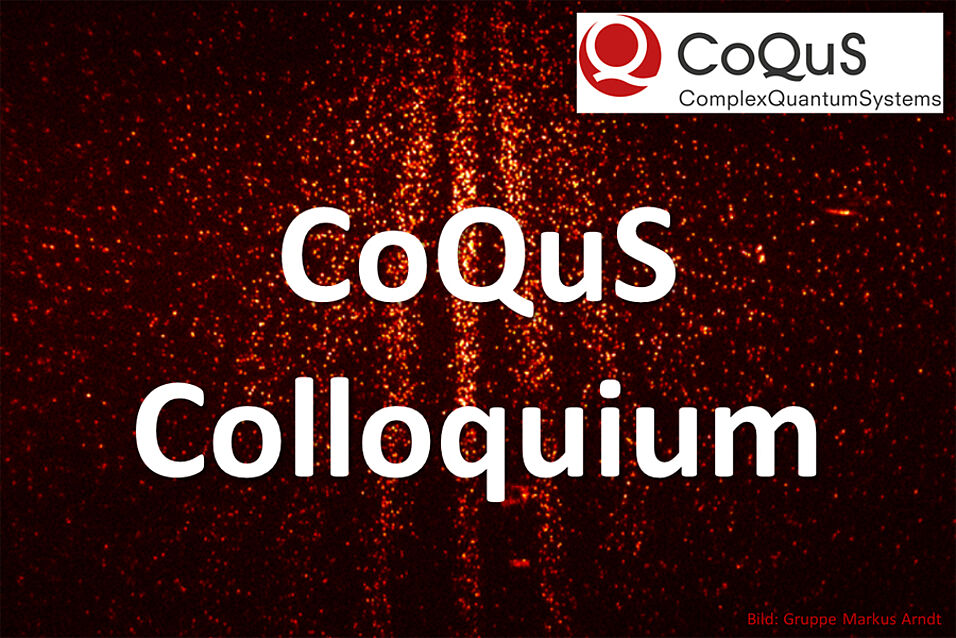Over the past 20 years bright sources of entangled photons have led to a renaissance in quantum optical interferometry. These photon sources have been used to test the foundations of quantum mechanics and implement some of the spooky ideas associated with quantum entanglement such as quantum teleportation, quantum cryptography, quantum lithography, quantum computing logic gates, and sub-shot-noise optical interferometers. I will discuss some of these advances and the unification of optical quantum imaging, metrology, and information processing. I will end with quantum communications and networks and highlight advances particularly in China.
Jonathan Dowling (Louisiana): Schrödinger's Web — The Race to Build the Quantum Internet

